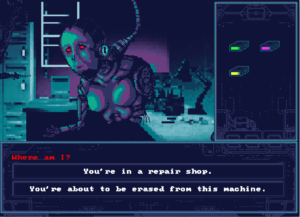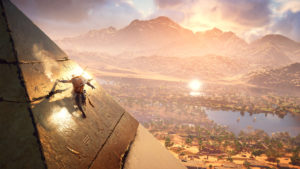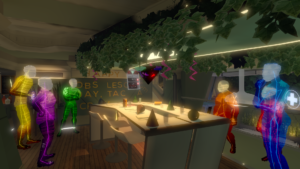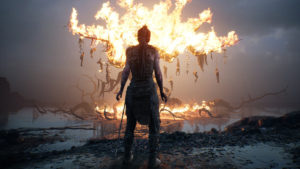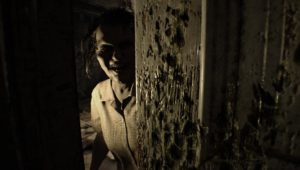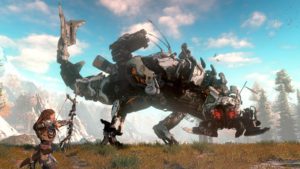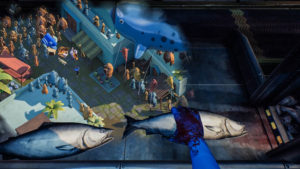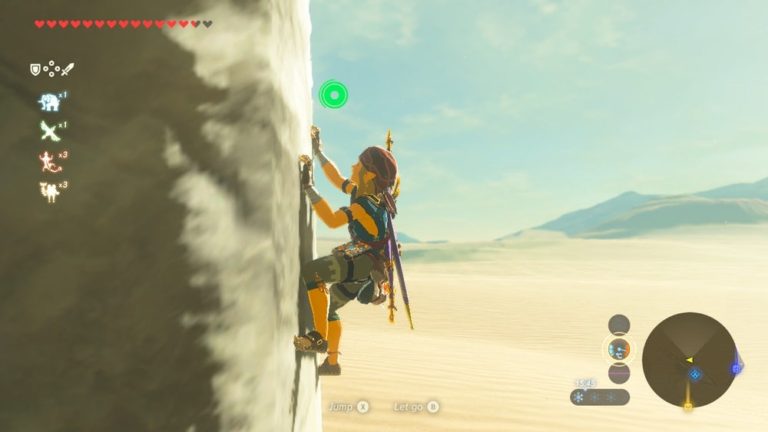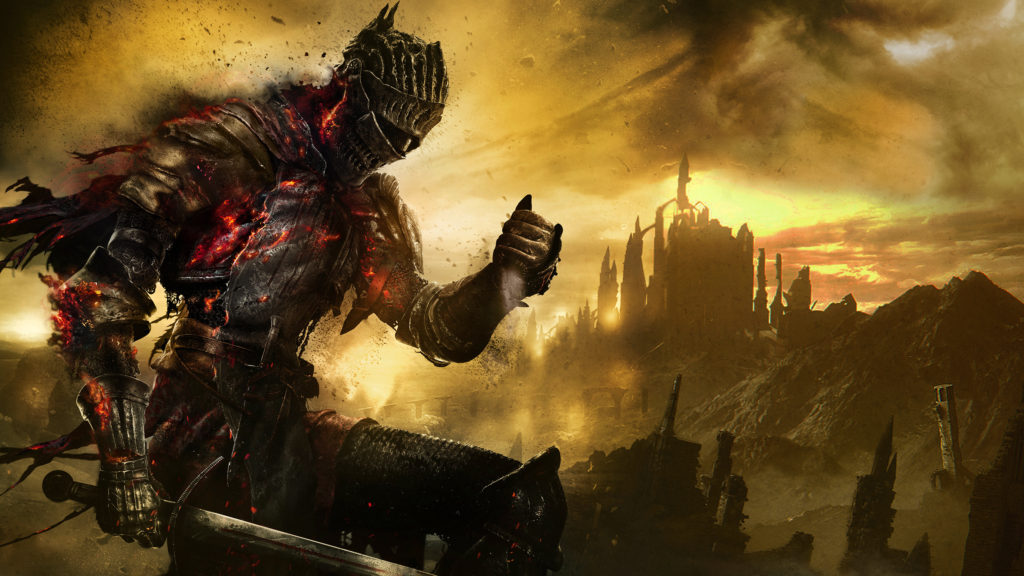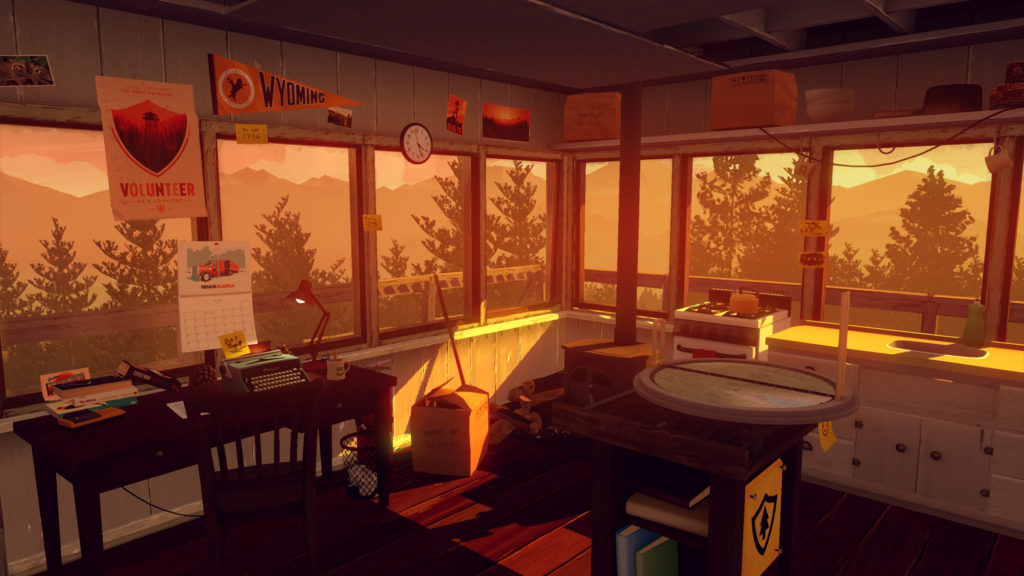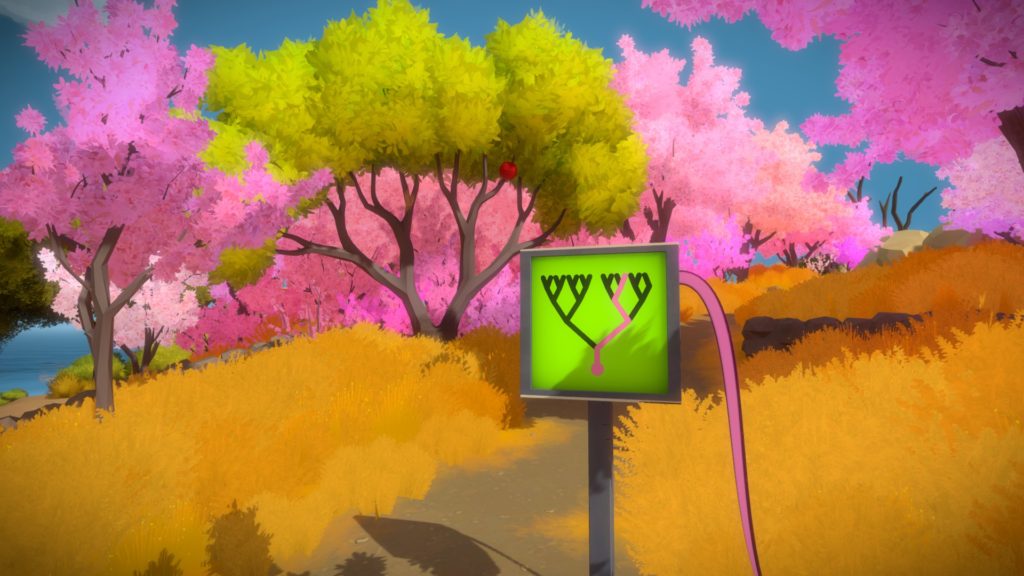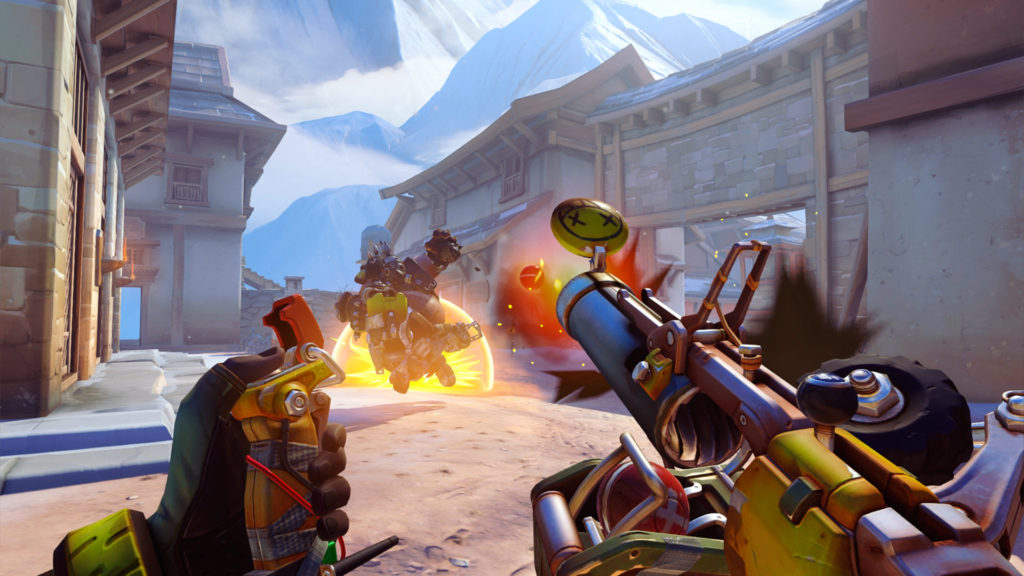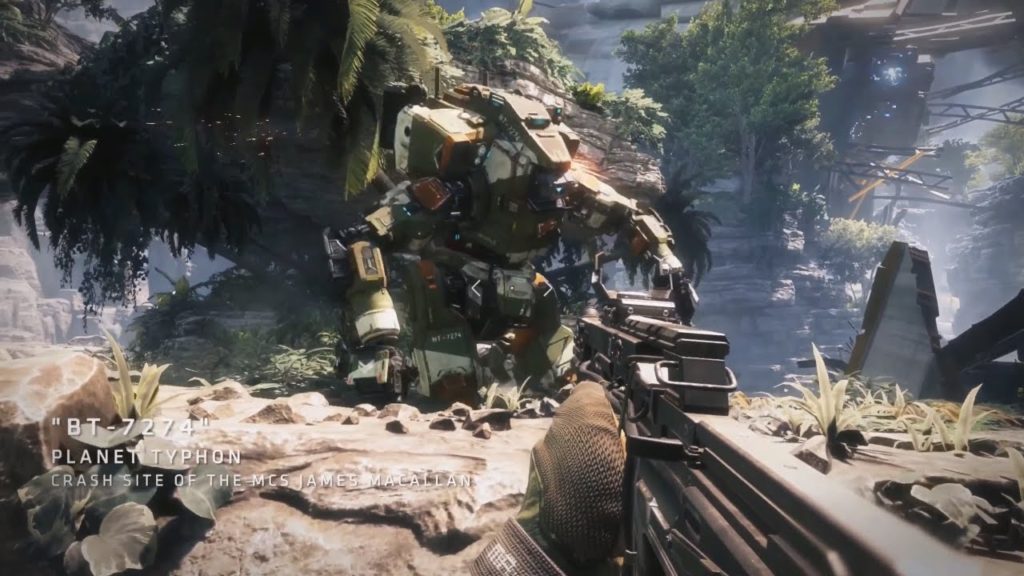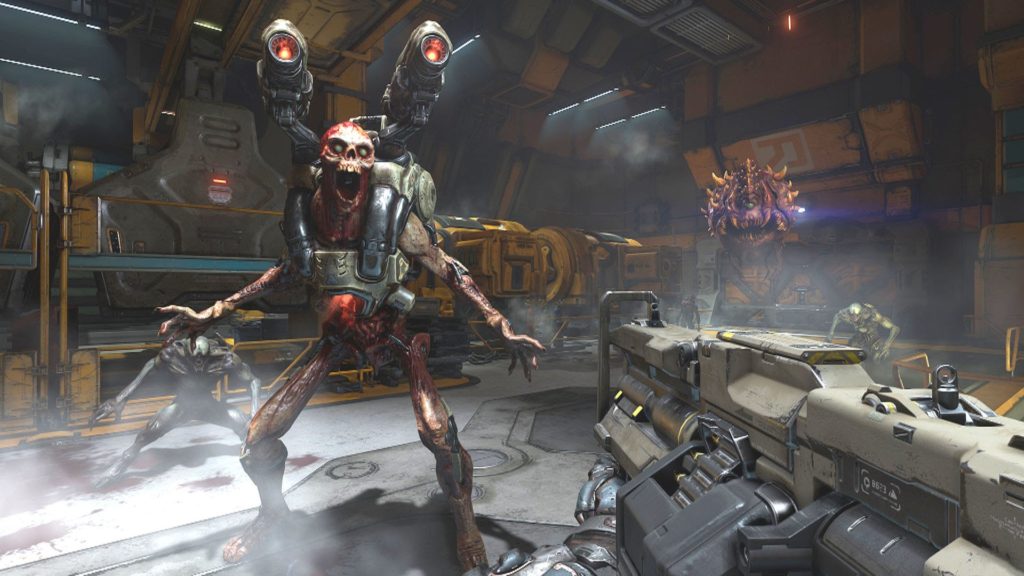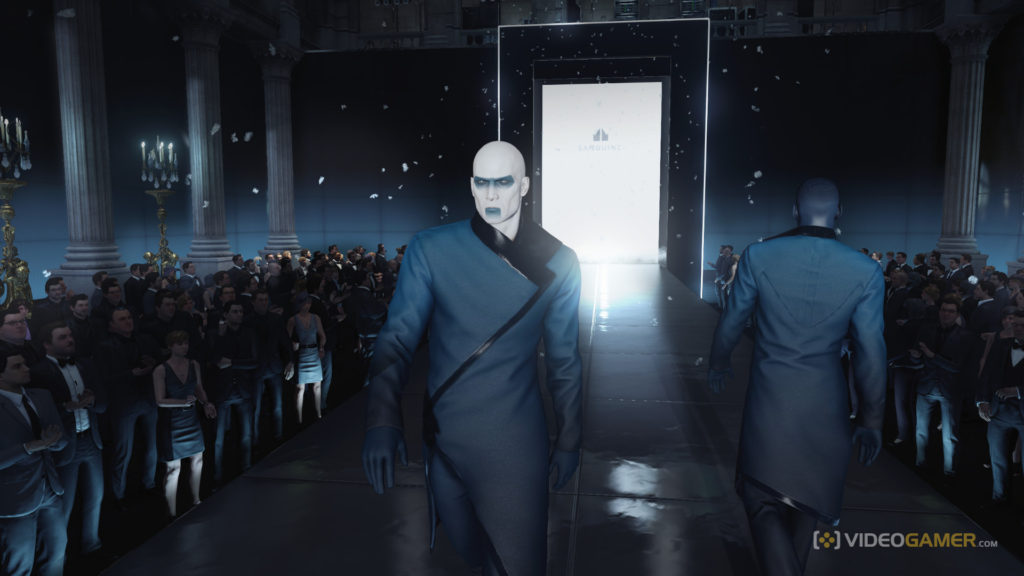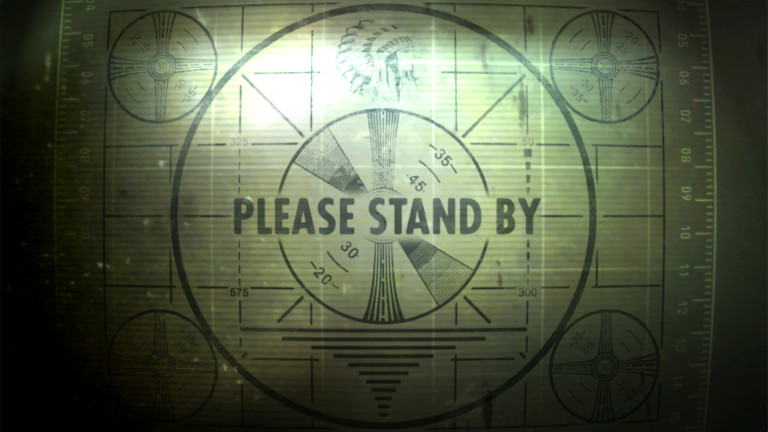2017 was a terrific year for videogames, and a horrible year for basically everything else. Still, games provided solace for me, and many others, and there is value in escapism, in comfort. My top ten list follows. It’s spoiler free.
Games I Played That Were Totally Alright But The Hype Made Me Hate Them
- Zelda: Breath of the Wild
- Nier: Automata
You can read my full thoughts on Zelda here. It did a lot of novel and fun things in a game that bogged me down with tedium that I didn’t appreciate.
Nier: Automata seems to be the dark horse darling this year and I. Can’t. Understand. It. I put 30 hours into it. I tried. I tried. But it’s not fun. I kept waiting for the story beats that are supposed to break my heart, but every twist only reinforced how much I HATE these characters, these sad robots in this world that looks like its from a PS2 game, the fan service garbage that I’m supposed to dismiss because it’s a Japanese game. It fails in dozens of ways. It’s fine. Like BOTW, it has a lot of novelty, but buries them in tedium.
The Game With Stunning Art Design and Style That Was So Brutally Difficult I Couldn’t Beat It That I’ll Probably Come Back Too When I Have More Patience
Cuphead
Cuphead is spectacular to look at. The animation, the sound, everything about it is fully realized, a homage to classic animation that truly captures the look and feel of it. It is fun to play. It is also incredibly frustrating, difficult to the point of absurdity at times. I will beat it, it just may take me a few more years of banging my head against it. It may have made the list, but I haven’t seen most of it.
My Top Ten
- Localhost
Localhost is a bite sized game on itch that surprised me when I played it. It’s SOMA meets Papers, Please, where you’re a low level employee tasked with cleaning up some old hard drives that just happen to have live AIs in them. They’re old, they’re useless, they’re garbage, and they need to be cleaned out. They are also alive, and definitely don’t want to be dead. They are also not reliable. Do you save them? Or do you do what you’re told?
- AC Origins
Assassin’s Creed needed a change. I’ve been detached from the series since 3, and even Black Flag’s fun ship combat couldn’t bring me back for long. It’s stagnant, and open world video game design had passed it by. Origins is exactly what the series needed. It brings in influence from a half dozen open world games, adding depth and flavor to an absolutely beautiful world. It is simply fun to explore Origins Egypt, and Bayek is a tremendous protagonist, full of charm and compassion.
- Tacoma
Tacoma is Fullbright’s long awaited follow up to Gone Home, a game that basically invented a genre, the often used as a pejorative “walking simulator”. Tacoma is not Gone Home, but is audacious and the logical iteration in the genre. Tacoma gives you run of a space station that has had…problems. And you need to figure out what happened. It gives you access to all perspectives, lets you dig into the environment, into all of these people’s lives. And it succeeds, both in execution and idea.
- Hollow Knight
There are so many Metroidvanias. So many of them, and it’s easy to miss any one of them. This feels like this year’s Ori and the Blind Forest. Neither break genre conventions, but they both take influence of Dark Souls, dialing up the difficulty while creating frankly beautiful and fully realized worlds to explore. Hollow Knight drops you into a dying land as a small bug-dude who needs to make things better. Confining themselves to a simple aesthetic, the creators wring a ton of variety out of a bevy of environments, and I felt myself having to continue, to dig deeper and deeper into the dirt.
- Prey
I love immersive sims, and Prey is the best one since Bioshock Infinite. Set in a space station beset by…something…you have to figure it out. You shoot the problems in this (unlike Tacoma). It shifts tones multiple times as your power level curves. The story is interesting and the depth of the station and world impressive. I will read emails from co-worker’s computers all day, and then shoot monsters.
- Hellblade: Senua’s Sacrifice
Hellblade keeps echoing in my head. It’s a strange thing, a purposely small game made by a big studio, that tries to conquer the difficulty of mental illness with hard combat and hidden object puzzles. As strange as all that sounds, it largely succeeds, and has kept me thinking about it after I beat it. It’s a dark story, one that I wasn’t adequately prepared for when I sat down, but is unbelievably beautiful and heartbreaking. Senua is an amazing character, and Hellblade is a game you shouldn’t sleep on.
- Resident Evil 7
Resident Evil 7 left me flabbergasted, and is an impressive return to form in a series, much like Assassin’s Creed, that had stagnated, turning into a bad action game, losing all semblance of the horror game it once was. 7 changed all that. It is FULL of shocking moments that hit you with punch after punch to the gut. It lags a bit over the last couple hours, but the first few are the most gripping single player experience of the year.
- Horizon: Zero Dawn
Horizon Zero Dawn would be my number one game in any other year. It is the best open world game ever. Aloy is a great character in a beautiful world. The main gameplay loop was incredible, tracking and hunting robot dinosaurs deeply rewarding. The story and world are intricately crafted, and for one, I pushed for the end of the main storyline in an open world game, something that rarely works for me. It is a great game, a ten out of ten that only managed third on the list.
- PlayerUnknown’s Battlegrounds
It is the game that has consumed 2017 for me. I’ve played it for 200 hours, and watched people stream it for probably twice or three times that. The battle royale game was unpolished, janky, but challenged what I thought a video game could be. It’s tense, exciting, thrilling. The final circle is nerve-wracking and exciting in a way I’ve never felt in a game before. The first time I won felt like the biggest victory I’ve ever achieved in a game. Each type of gameplay feels different from each other, and the amount of stories from sessions I’ve played is numerous. It’s the best shooter I’ve played in years, the best competitive multiplayer experience I’ve ever had. It’s amazing.
- What Remains of Edith Finch
WROEF is heartbreaking, beautiful, funny, affecting, and intricate. As Edith, you visit your childhood home, and explore it, visiting the death of family members through vignettes. Each one is special, bespoke. And every single one shows someone dying. But it never wavers into maudlin territory, imbuing each vignette with charm, humor, and joy, even with each character doomed. The design is wonderful, and every playthrough leaves me with more than I had prior. It’s gorgeous, well written, stunning in its depth. It’s relatively short, but dense with material, and doesn’t overstay its welcome. It is a game I will be revisiting for years, much like Edith.
Games That Almost Made The List
The Evil Within 2
Steamworld Dig 2
Dead Cells
Games That May Have Made The List If I Had Played Them In Time
Mario Odyssey
Night in the Woods
Wolfenstein II

